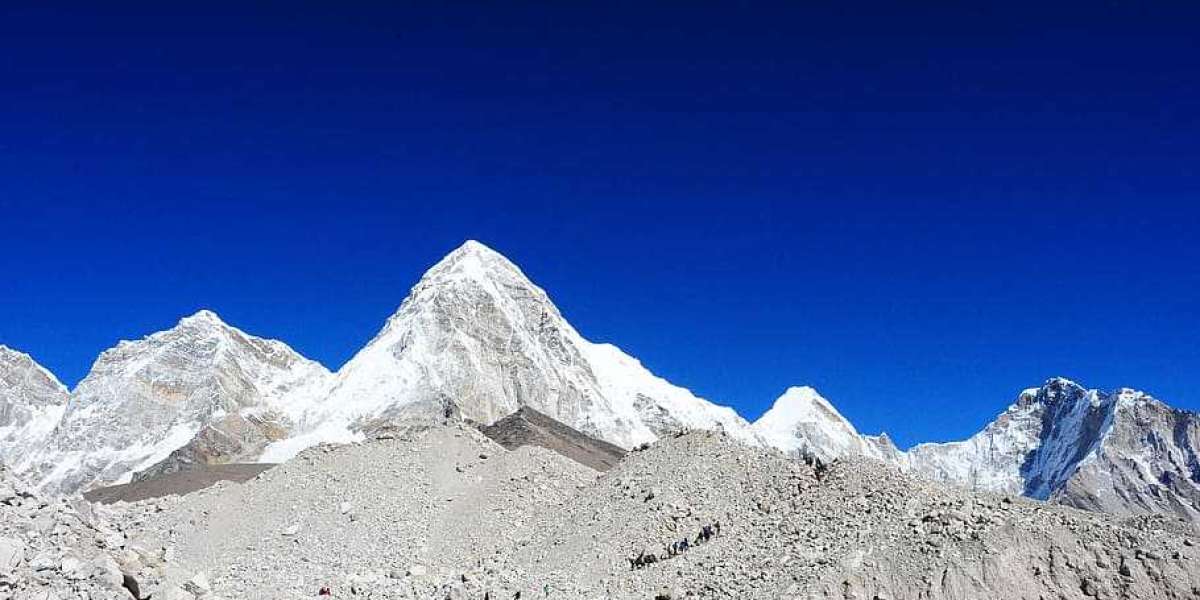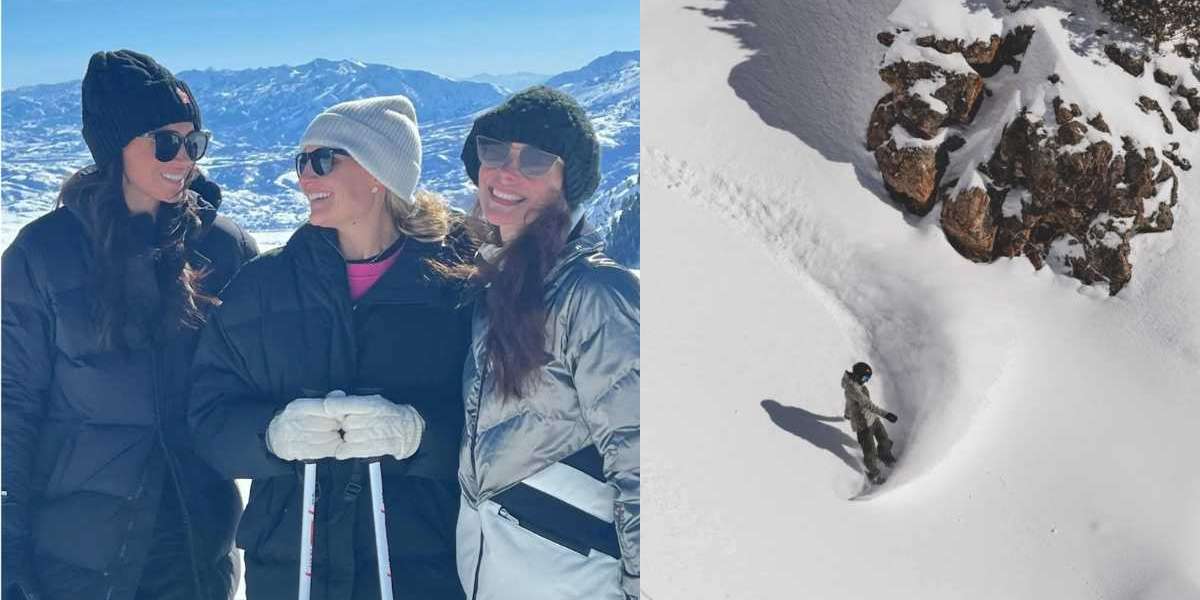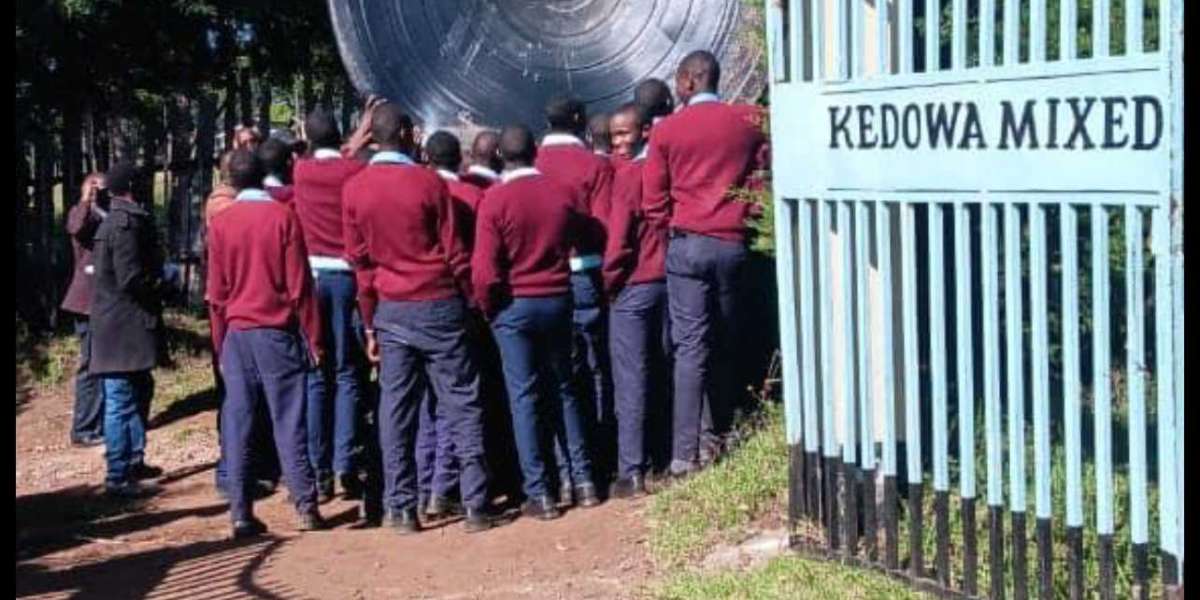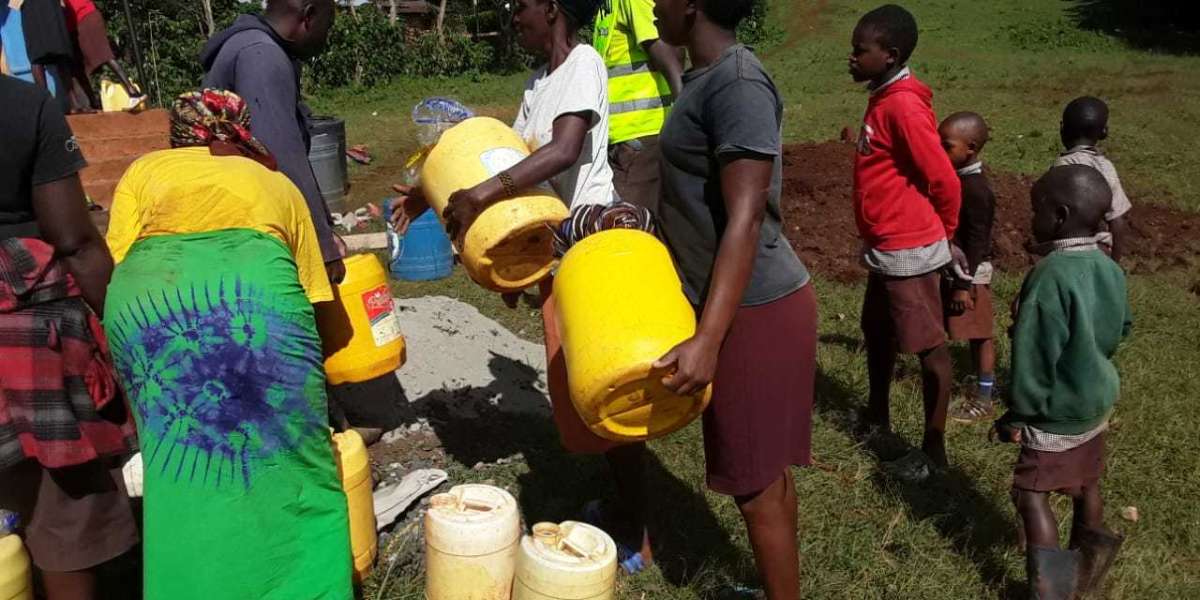The Everest Base Camp (EBC) trek remains one of the most iconic and sought-after trekking adventures worldwide. Every year, thousands of trekkers from across the globe embark on this journey to witness the grandeur of the Himalayas and the culture of the Sherpa people. If you’re planning your Everest trek in 2025, one of your first questions will likely be: How much does the Everest Base Camp trek cost?
Overview: Factors Influencing the Everest Base Camp Trek Cost
The cost of trekking to Everest Base Camp depends on several factors:
Trekking style: DIY (Do-It-Yourself), guided, or luxury trekking
Duration: Typically 12–16 days
Permits and fees
Accommodation and food
Transportation
Gear and equipment
Additional expenses: Tips, insurance, oxygen, etc.
Each category affects your total budget differently, so it’s important to understand these components before you begin your trek.
1. Permits and Fees
To trek in the Everest region, you must obtain certain permits issued by the Nepalese government. In 2025, the following fees apply:
Sagarmatha National Park Entry Permit: Approximately USD 30
TIMS Card (Trekkers’ Information Management System): Around USD 20
Local Area Permit (Lukla or Solukhumbu District): About USD 20
Permits are mandatory and non-negotiable. Many trekking agencies bundle these fees with their packages, but if you go DIY, you will pay for them separately.
2. Transportation Costs
Flights to and from Lukla
Most trekkers fly from Kathmandu to Lukla, the starting point of the EBC trek. The scenic flight takes about 30 minutes but can be one of the most expensive parts of your journey.
Round-trip Kathmandu-Lukla flight: Approximately USD 350–400
Prices fluctuate depending on the season and demand. Booking early is highly recommended.
Kathmandu to Lukla by Road and Trekking
There is no road access to Lukla, so the flight is the only option for most trekkers. Alternatively, some opt for long overland travel plus a different trek route, but this is uncommon.
3. Accommodation and Food
Along the EBC route, you will stay mostly in teahouses or lodges offering basic rooms.
Accommodation: Typically costs USD 5–10 per night in standard rooms. Higher altitudes may be more expensive.
Food and beverages: Meals range from USD 5–15 per meal, depending on location and type.
On average, budget around USD 20–30 per day for accommodation and food combined.
4. Guide and Porter Costs
Hiring a guide or porter enhances safety and comfort.
Guide daily rate: About USD 30–40 per day
Porter daily rate: Approximately USD 20–25 per day
Guides usually include their food and accommodation, but porters generally depend on you for these. Tips are customary and appreciated.
5. Gear and Equipment
If you don’t own trekking gear, you will need to purchase or rent essentials:
Trekking boots, down jackets, sleeping bags, trekking poles, and other gear can cost USD 300–600 if bought new.
Renting gear in Kathmandu or Lukla is cheaper, usually USD 50–150 depending on duration and items.
Proper gear is crucial for safety and comfort in harsh mountain conditions.
6. Travel Insurance
Travel insurance with high-altitude trekking coverage is mandatory and highly recommended.
Prices range from USD 100–200, depending on coverage and duration.
Make sure it covers evacuation and medical treatment at high altitudes.
7. Miscellaneous Costs
Tips: Plan to tip guides, porters, and drivers at the end of your trek. A typical tip is 10–15% of the total service cost.
Hot showers and charging devices: Usually available for a fee (USD 2–5 per use).
Souvenirs and snacks: Budget depends on personal preference.
Sample Budget: Everest Base Camp Trek Cost Breakdown (12 Days)
| Expense Category | Estimated Cost (USD) |
|---|---|
| Permits and Fees | 70 |
| Flights (Kathmandu-Lukla) | 350 |
| Accommodation Food | 300 (USD 25 per day) |
| Guide Porter (Optional) | 600 (USD 50 per day total) |
| Gear Equipment | 150 (rental average) |
| Travel Insurance | 150 |
| Miscellaneous | 100 |
| Total Estimated Cost | 1,720 |
Tips to Save Money on Your Everest Base Camp Trek
Travel in the off-season: Late fall or early spring can be less expensive but weather varies.
DIY trekking: Organize your permits, flights, and accommodations independently.
Rent gear: Instead of buying expensive equipment.
Limit porter usage: Carry only essentials yourself.
Book flights early: Lock in lower airfare.
Is Guided Trekking Worth the Extra Cost?
Guided treks are more expensive but come with advantages:
Local knowledge and route expertise
Better safety monitoring, especially for altitude sickness
Assistance with permits and logistics
Cultural insights and language help
For first-timers or those unfamiliar with high-altitude trekking, guides are strongly recommended.
Conclusion
The Everest Base Camp trek cost in 2025 can range from approximately USD 1,200 for a minimalist DIY trek to USD 2,500 or more for guided luxury treks. Planning your budget realistically ensures you can enjoy the trek without financial stress.
Regardless of your budget, prioritize safety, good gear, and proper acclimatization. The investment you make in preparation and support will greatly enhance your trekking experience and help you safely realize your dream of reaching Everest Base Camp.








